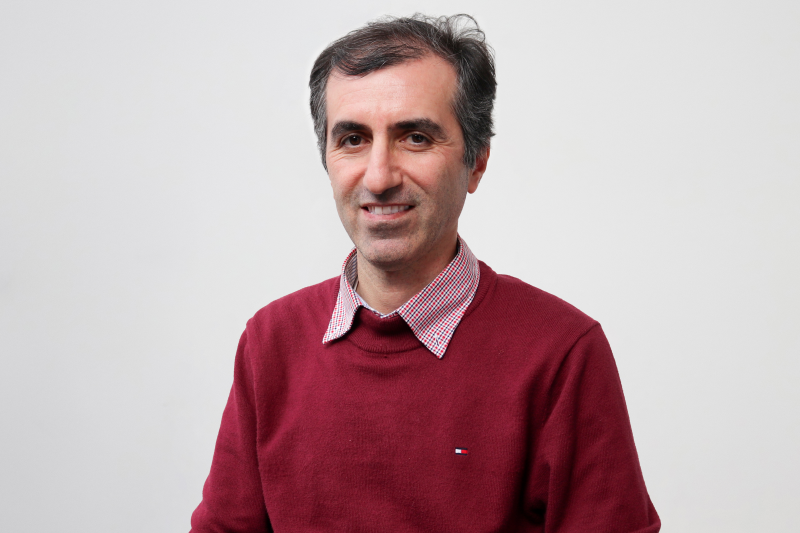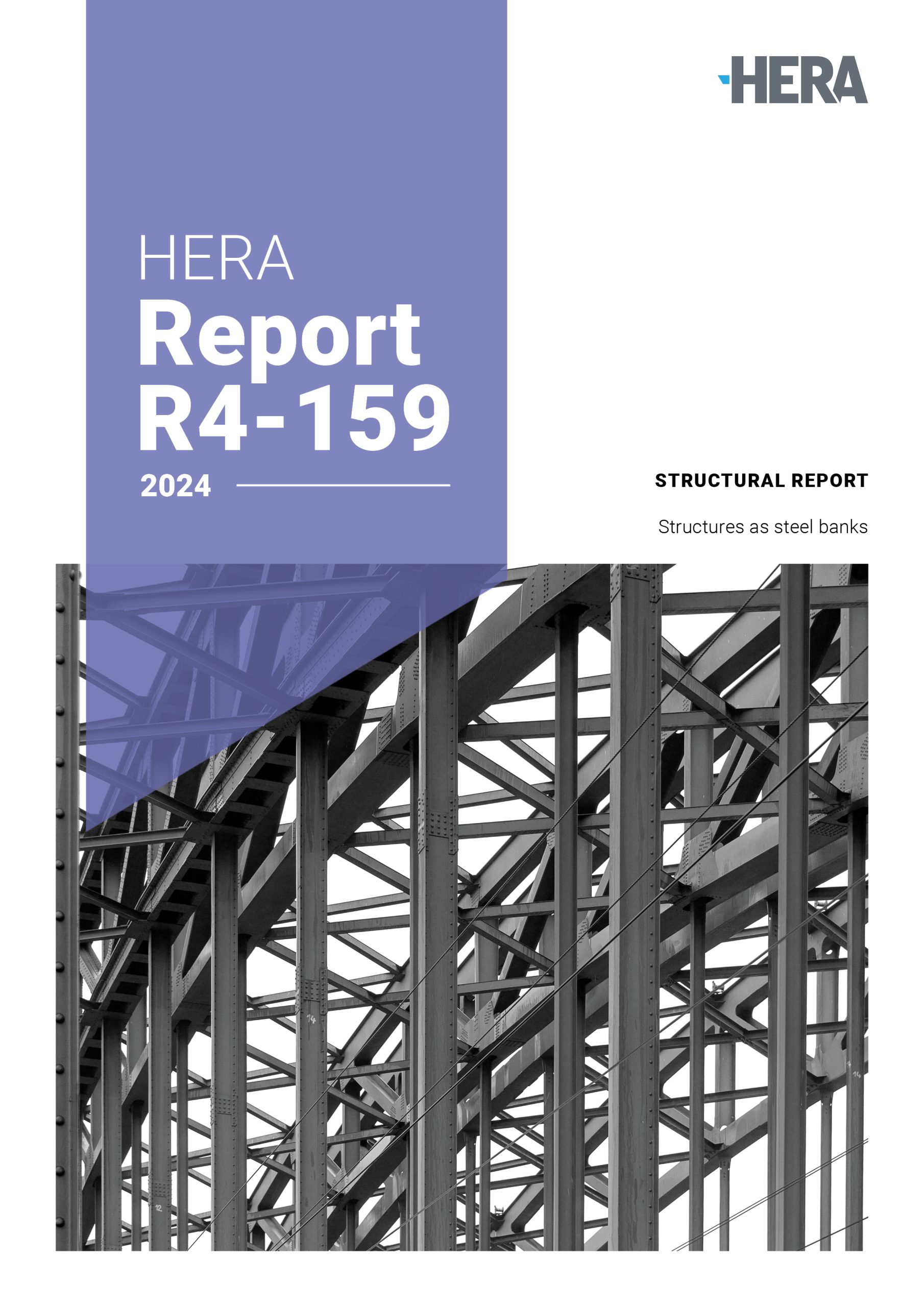Your cart is currently empty!
Reuse
Imagine a world where nothing is wasted, everything is recreated, and all material is reused. This is the promise of exploring steel reuse within the circular economy.
To date, the reuse of elements in structures is not a common practice or well explored. The focus for most structural engineers is to optimise material usage, enhance efficiency and minimise environmental impact to create sustainable structures. But what if they could start to design so that the structures they create are banks of infinitely reusable and recyclable resources?
Our rangahau is focused on influencing this new era of design, where structures are created so that every component can be repurposed and reused – whether during its life or after its use.
Our projects
Materials passport – creating ‘banks’ of steel resources
A vision for a sustainable future.
Our steel circularity passport research marks a first for the Australasian construction sector, aimed at streamlining the reuse of structural steel. This concept envisions buildings as “banks” of materials, where components can be “withdrawn” for future use.
Part of our broader “Structures As Steel Banks (HERA-SASB)” program, this initiative addresses research gaps and promotes industry involvement in the circular economy. Rooted in the concept of cradle-to-cradle-to-cradle (C2C2C) sustainability, this approach emphasises continuous reuse and regeneration, ensuring materials are constantly cycled through the economy rather than being discarded.
For the steel industry, this holds huge potential. Structural steel is infinitely recyclable and reusable, and buildings can be designed for easy disassembly and reuse. Structural steel elements can also be easily cut and reshaped, and their capacity can be assessed using visual, acoustic, and load testing. This versatility makes steel an ideal material for advancing sustainable practices in construction.
Finding common ground
Overcoming the language barrier stopping uptake.
One of the key barriers we’ve identified to adopting materials passports for steel is a lack of understanding across different disciplines of what it actually is.
To address this, we’ve focused on redefining the common language to align with steel construction practices in Aotearoa. By using familiar terminology, we aim to bridge the gap in communication, making the benefits and applications of materials passports clear and accessible to the construction sector.
Numerical indentation simulation
Cost effectively verifying steel to facilitate reuse.
Reusing steel can save up to 96% of the environmental impact compared to using new steel, making it a key factor in sustainable construction.
However, a major barrier to steel reuse is the challenge of verifying its properties, particularly ensuring it hasn’t reached its yield stress. Currently, this verification requires intrusive and costly lab testing, or engineers must make conservative reuse assumptions, which can limit the feasibility of reusing steel.
Our rangahau focuses on developing non-intrusive, cost-effective methods to estimate the mechanical properties of structural steel, enabling more widespread reuse. This mahi involves:
- developing required finite element models;
- conducting sensitivity analysis of the numerical simulations results; and
- investigating the role of non-intrusive test data, finite element analysis and mathematical frameworks, in reliably estimating steel’s mechanical properties.
Explore some amazing projects where the reuse of steel has reduced carbon footprint of projects.


